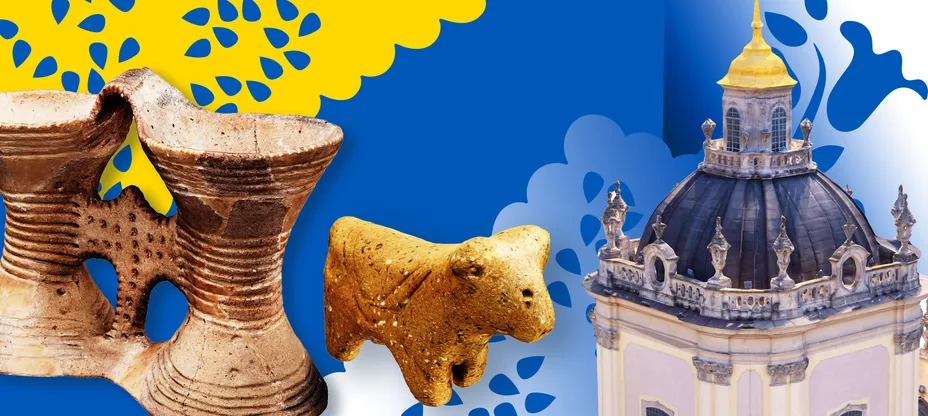Explore the ancient art and stories of Colombia’s Amazon

Deep in the Amazon rainforest, the cliffside region of Colombia’s Serranía de La Lindosa is home to an incredible collection of rock art that offers a glimpse into a lost world. These sacred hills are covered in vibrant paintings of animals, people, plants and patterns, each telling a story from the distant past.
While Colombia's Institute of Anthropology and History (ICANH) collaborates with several universities to study the site, today the Universities of Exeter and Antioquia are bringing these stories to a global audience through Google Arts & Culture.
For centuries, ancient people used rock art for preserving historical memory through storytelling, map-making and documenting communal rituals. By painting the hills, some of the earliest generations of people to arrive in the Amazon transformed these landscapes into canvases for their cultural expression. This site can almost be seen as a precursor to social media: a platform for sharing stories and knowledge.
Here are five stories from the collection to help you connect with this extraordinary place.
The Cerro Azul Excavation: Searching the Serranía de La Lindosa
The Cerro Azul archaeological project meticulously excavated the Serranía de La Lindosa. The team unearthed artifacts and analyzed plant microfossils to piece together the lives of the first humans in this Amazonian region dating back to the end of the Late Pleistocene/Early Holocene periods.

Excavating deeper layers of earth to find fascinating artifacts. Photo by Daniel Fiore, SEARCH
Explore the Principal Panel in 3D
The Principal Panel, a large and well-preserved rock art panel on the Cerro Azul cliff, features a variety of animals, including turtles, deers, monkeys, lizards, caiman, tapirs, snakes, bats and aquatic birds. The panel also displays geometric patterns and crescent moon shapes. The images seem intentionally arranged, contributing to the art's meaning.

The Principal Panel captured in 3D. Photo by Pete Kelsey, SEARCH
Myths in the Art of La Lindosa
The rock art of La Lindosa may reflect Amazonian myths. These stories offer insights into the beliefs and cultural practices of the ancient artists. One example is the creation myth told by the Jiw people, an ethnic group local to La Lindosa today. The myth describes how Laman, the world creator, brought light, plants and animals into existence, and painted the rocks to preserve the memory of his creations.

A section of rock art from La Lindosa’s Demoledores panel. Photo by Daniel Fiore, SEARCH
Who Were the Artists?
Evidence suggests people have inhabited La Lindosa since 12,600 years ago. Several of the earliest archaeological sites on the continent have been found in the Amazon, bringing into discussion the different theories of migration.
These early inhabitants brought with them cultural and spiritual beliefs. Although at the moment it’s not clear when the paintings were made, they’re clear examples of ways La Lindosa’s early inhabitants interacted with their environment to express themselves.

Small handprints marking a wall in La Lindosa. Photo by ERC LASTJOURNEY project
How Were the Paintings Made?
By studying the paintings, excavating around the site and working together with local Indigenous people, archaeologists have been able to make some deductions about the materials and techniques used for La Lindosa’s art. The artists painted on smooth, pale sandstone surfaces using red ochre pigment mixed with oil or water. They applied the paint with brushes, sticks or fingers, sometimes outlining shapes before filling them in. To reach high areas, they likely used wooden ladders or towers.

Detail of rock art on the Principal Panel. Photo by Pete Kelsey, SEARCH
To delve even deeper, explore the project at goo.gle/lalindosa or on the Google Arts & Culture app for Android and iOS.






